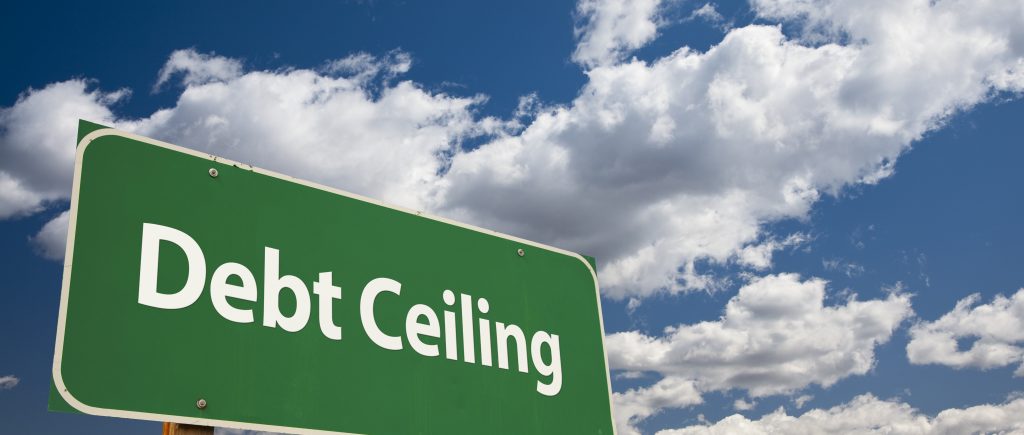On Tuesday, US President Joe Biden threatened to veto legislation that would tie support for raising the debt ceiling to significant spending cuts. The White House declared that it opposed the bill and that “the President has been clear that he will not accept such attempts at hostage-taking.”
The legislation would drastically cut federal spending and roll back some of Biden’s initiatives, including measures to cancel student loans and combat climate change. The White House stated in its Statement of Administration Policy that Biden would veto the measure if it came to his desk. Charles E. Schumer, the Democratic leader in the Senate, declared last week that the McCarthy-backed legislation has “no chance” of passing his chamber and called it a “partisan wish list masquerading as legislation”.
Biden criticized House Republicans for running the risk of the country’s financial default during a speech to union employees. The White House has released a policy statement to draw attention to the practical effects of the bill’s expenditure cuts, which would force severe cuts to education, food safety inspections, rail safety, healthy meals for seniors, research on cancer and other diseases, border security, public safety, and veterans’ medical care.
The bill also envisions repealing tax credits in the Inflation Reduction Act that the White House said are leading to hundreds of billions of dollars in private-sector investment in the United States. The White House is hopeful that House passage of the bill will prompt Biden to negotiate with him directly over conditions for raising the debt limit.
Republicans only have four votes to spare in the narrowly divided House. The US Treasury has leaned on incoming tax revenues, cash on hand and “extraordinary measures” to remain current on all its obligations despite the binding borrowing limit. April is typically the largest month of the year for federal tax collections, so April tax receipts are critical to the outlook for the debt ceiling “X date”. Analysts believe there is a small tail risk that the Treasury could hit the X date in the first half of June.
If Treasury gives explicit X date guidance in the coming weeks, markets will gravitate towards this as the “official” X date. The economic forecast is predicated on the assumption that the debt ceiling is eventually increased or suspended with little to no collateral damage on the real economy. However, past brushes with default have tightened financial conditions, occasionally in a significant way, such as the summer of 2011.
Even if a payment prioritization plan is implemented by the Treasury Department, such a plan would still come with a litany of legal, technical, economic and political challenges. The economic impact of a default is highly uncertain since that has never happened previously, but economic modeling suggests the fallout could be quite severe.

 Noor Trends News, Technical Analysis, Educational Tools and Recommendations
Noor Trends News, Technical Analysis, Educational Tools and Recommendations




